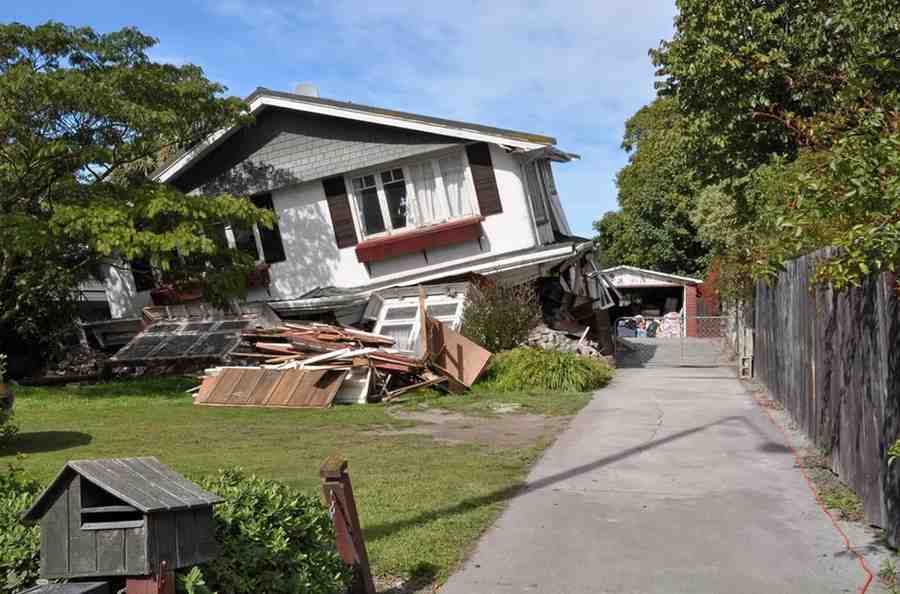Natural disasters are unpredictable and can strike at any moment, often leaving devastating consequences in their wake. From hurricanes and tornadoes to wildfires and earthquakes, the damage they cause can be catastrophic. While many homeowners rely on home insurance to protect their properties, a common question arises: are you truly covered when nature unleashes its fury?
Understanding Home Insurance Coverage
Home insurance is designed to protect homeowners from financial loss in the event of damage or destruction to their property. However, standard home insurance policies typically offer protection for certain types of damages and hazards, but they don’t cover everything. In fact, the coverage for natural disasters is often more complicated than homeowners might realize.
What’s Covered by Standard Home Insurance?
A standard home insurance policy generally covers damage from common perils like fire, vandalism, theft, and certain types of weather damage, such as hail or windstorms. These policies usually include:
- Dwelling Coverage: This protects the structure of your home from damage caused by covered events.
- Personal Property Coverage: This reimburses you for damaged or lost personal items due to a covered event.
- Liability Coverage: This protects you if someone is injured on your property and sues you for damages.
However, when it comes to natural disasters, the level of protection can vary significantly. In many cases, specific events like floods, earthquakes, and wildfires are excluded from standard home insurance policies, requiring additional coverage or separate policies to be fully protected.
Common Natural Disasters Not Covered
- Floods: Flood damage is one of the most common exclusions in standard home insurance policies. Floods can occur from heavy rainfall, storm surges, or overflowing rivers. If you live in a flood-prone area, you’ll need a separate flood insurance policy to ensure you’re covered. The National Flood Insurance Program (NFIP) provides policies for homeowners in flood-prone areas, but it’s important to note that standard policies typically won’t cover flood damage.
- Earthquakes: Earthquakes are another major natural disaster often excluded from home insurance policies. Ground shaking, landslides, or other earthquake-related damages will likely not be covered unless you purchase specific earthquake insurance. This is especially relevant for homeowners in regions like California, Alaska, or areas along seismic fault lines.
- Wildfires: While fire damage from accidental causes (like electrical issues or human error) is typically covered, wildfires may require separate coverage, especially if you live in a wildfire-prone area. Homeowners in regions with a high risk of wildfires should consider purchasing additional coverage or a specialized wildfire policy.
- Landslides and Mudslides: In areas that are prone to heavy rains or steep terrains, landslides and mudslides can cause severe property damage. These events are usually not covered by standard policies and may require additional insurance or a special endorsement.
How to Ensure You Are Fully Covered
If you live in an area prone to certain natural disasters, it’s important to take a proactive approach to ensure you’re fully protected:
- Review Your Policy: Always read your home insurance policy carefully and ask your insurer to explain what is and isn’t covered. Understanding your policy’s exclusions is crucial.
- Consider Additional Coverage: If you live in a flood zone, earthquake-prone area, or wildfire zone, consider purchasing additional coverage. Many insurers offer specific add-ons or separate policies for natural disasters.
- Maintain an Updated Inventory: Keep an inventory of your personal property and home’s condition. In case of a disaster, this can help you file claims more effectively.
- Know Your Risk: Understand the risks specific to your area. For example, if you live in a coastal region, flood insurance is a must. Similarly, if you’re in a seismically active zone, earthquake coverage is vital.
Conclusion
Home insurance is an essential safeguard for homeowners, but when it comes to natural disasters, standard policies may not provide comprehensive protection. Understanding the gaps in coverage and being proactive about purchasing additional insurance can make a significant difference when disaster strikes. By taking the time to review your policy and considering your unique risks, you can ensure your home is truly protected, no matter what nature throws your way.

Leave a Reply